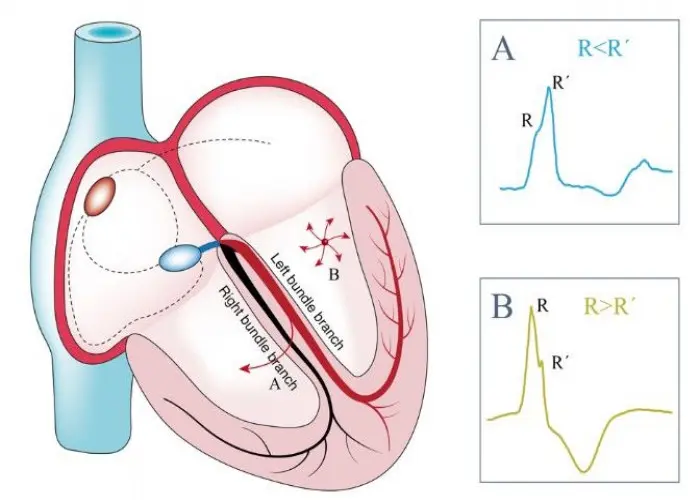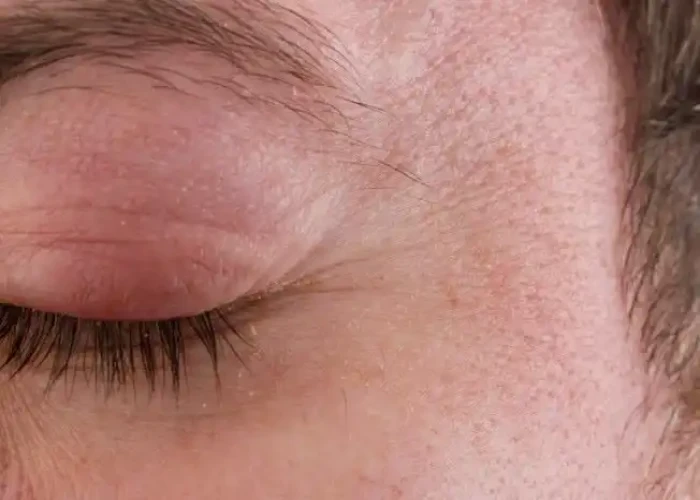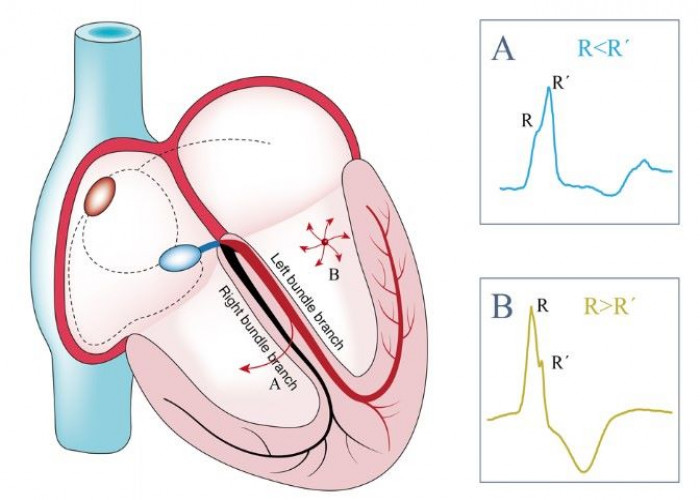 Welcome
Welcome
“May all be happy, may all be healed, may all be at peace and may no one ever suffer."
Bundle branch block

Bundle branch block is a medical condition that affects the heart's electrical conduction system. It occurs when there is a delay or interruption in the electrical impulses that travel through the bundle branches of the heart. This can cause the heart to beat more slowly or irregularly, which can lead to symptoms such as fatigue, dizziness, and shortness of breath. Bundle branch block can be caused by a variety of underlying conditions, such as heart disease, high blood pressure, and congenital heart defects. Treatment may depend on the underlying cause, but can include medications to manage symptoms, and in some cases, a pacemaker to help regulate the heartbeat. It is important to seek medical attention if you experience symptoms of bundle branch block, as it can be a sign of an underlying heart condition that requires treatment.
Research Papers
Disease Signs and Symptoms
- Rapid heartbeat (tachycardia)
- Irregular heartbeats (arrhythmia)
Disease Causes
Bundle branch block
Normally, electrical impulses within the heart muscle cause it to beat (contract). These impulses travel along a pathway, including two branches called the right and the left bundles. If one or both of these branch bundles are damaged — due to a heart attack, for example —the electrical impulses can become blocked, and your heart will beat abnormally.
The cause for bundle branch blocks can differ depending on whether the left or the right bundle branch is affected. Sometimes, there is no known cause.
Causes can include:
Left bundle branch block
- Heart attack (myocardial infarction)
- High blood pressure (hypertension)
- Inflammation of the heart muscle (myocarditis)
- Thickened, stiffened or weakened heart muscle (cardiomyopathy)
Right bundle branch block
- Blood clot in the lungs (pulmonary embolism)
- Heart attack (myocardial infarction)
- Heart defects that are present at birth (congenital) — such as a hole in the wall separating the upper chambers of the heart (atrial septal defect)
- High blood pressure in the pulmonary arteries (pulmonary hypertension)
- Inflammation of the heart muscle (myocarditis)
Disease Prevents
Disease Treatments
Most people with bundle branch block don't have symptoms and don't need treatment. For example, left bundle branch block is not treated with medications. However, treatment depends on your specific symptoms and other heart conditions.
Medications
If you have a heart condition causing bundle branch block, treatment might involve medications to reduce high blood pressure or reduce symptoms of heart failure.
Surgeries and other procedures
If you have bundle branch block and a history of fainting, your doctor might recommend a pacemaker. A pacemaker is a compact device implanted under the skin of your upper chest with two wires that connect to the right side of your heart. The pacemaker releases electrical impulses when needed to keep your heart beating regularly
If you have bundle branch block with low heart-pumping function, you may need cardiac resynchronization therapy (biventricular pacing). This treatment is similar to having a pacemaker implanted. But you'll have a third wire connected to the left side of your heart so the device can keep both sides in proper rhythm. Cardiac resynchronization therapy is meant to improve the coordination of both lower chambers of the heart so that they contract at the same time.
Disease Diagnoses
Disease Allopathic Generics
Disease Ayurvedic Generics
Disease Homeopathic Generics
Disease yoga
Bundle branch block and Learn More about Diseases

Trachoma

Bartholin's cyst

Neurodermatitis

Erysipelas

Spontaneous coronary artery dissection (SCAD)

Leukoplakia

Diarrhea

Krabbe disease
Bundle branch block, Right bundle branch block, Left bundle branch block, বান্ডিল ব্রাঞ্চ ব্লক
To be happy, beautiful, healthy, wealthy, hale and long-lived stay with DM3S.
